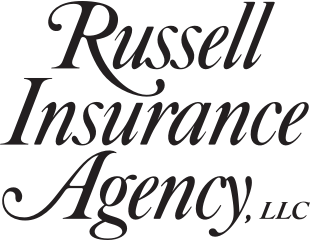Melting snow and spring rains can cause flooding—even in areas that aren’t prone to flooding. Remember, even if you live
in a “1-in-a-100-years” flood zone, this could be the year.
You need to know: A standard homeowners policy will protect your home and your property in the event
of theft, fire and many other causes of damage. However, homeowners policies exclude water damage caused by
flooding or mudslides. So, you will need additional coverage. You can purchase a flood policy to cover your losses from this
type of water damage.
Here are some flood insurance facts:
1. Most flood insurance is written through the National Flood Insurance Program, although some insurers
will write private insurance (but not typically in Special Flood Hazard Areas—areas determined by the
Federal Emergency Management Agency as having a 1% chance of flooding annually).
2. Previously, the NFIP set rates based on geographic zones and elevation. The NFIP’s current pricing approach uses
the best available flood risk data to set premiums based on each property’s individual risk, including:
• likelihood of different types of flood perils (e.g., flash flooding, floods caused by waves or high-water levels,
coastal erosion and more);
• characteristics of the building (i.e., foundation type, first floor elevation, etc.);
• elevation and distance from flooding sources (e.g., coasts, rivers and lakes);
• replacement cost value of the building (i.e., cost to rebuild after a disaster);
• ways a building is adapted to withstand floods (i.e., flood vents); and
• levee performance.
3. Coverage should insure your house’s structure, foundation, electrical and plumbing systems, cabinetry,
HVAC systems, built-in appliances and carpeting. Debris removal also is available.
4. Contents coverage can cover: furniture, clothes, curtains, area rugs, electronics, small appliances, and certain valuables.
5. What’s not covered: Other structures on the premises other than a garage (10% of the dwelling amount); finishes, walls,
floors, ceilings or personal belongings in a basement; and living expenses while flood damage is being repaired.
6. The maximum NFIP limit for a home is $250,000 and $100,000 for contents coverage. Excess coverage in the private
market may be available.
Many mortgage companies require homeowners to purchase flood insurance as a requirement for their loan, but you
should examine your house’s risk even if you don’t need a mortgage as recent storms have caused areas with no prior
history of flooding to be overrun by water.
The perfect time to prepare for a disaster is before it happens. Call our agency today.

